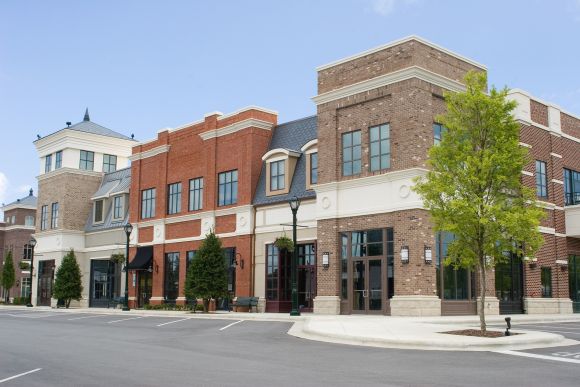Bill R. Shelton, CEcD
Community leaders almost always want to recruit retail or restaurant concepts that will not fit in the community’s trade area. When their citizens’ purchasing behavior does not match that of the desired concept’s core customers, it leads to disappointment and pooly performing locations. But, these same purchasing behaviors that are mismatched for some concepts may be the right fit for other retail and restaurant concepts.
Purchasing behaviors are revealed through something called “psychographics.” Psychographics is the analysis of the beliefs, attitudes, values, and behaviors – including buying habits – of the trade area’s residents. Psychographic analyses are a proven method of gaining a better understanding of what retail concepts will or will not find a community attractive.
Segmenting customers by purchasing behaviors is the core of a psychographic profiling system. Psychographics is often confused with demographics, but it is much more than mere demographics; it is a way of grouping consumers by what they buy, their media habits, and their lifestyles, not just by their census data characteristics.
With the help of psychographics, community leaders can rely on trustworthy consumer information to evaluate all their retail options by:
- Reducing the use of traditional demographic (census) information such as age, sex, education levels, and income, which has limited value as a basis for making strategic marketing decisions
- Providing non-demographic information such as values, tastes, and preferences, which are much more likely to influence what consumers buy than their demographic characteristics
Why is it Important for Community Leaders to Know the Psychographic Profile of the Customers in Their Trade Area?
The different consumer behaviors in a trade area cannot only be described with demographic variables or socio-economic factors alone. As location decision making has become more scientific and specialized, retailers have increasingly turned to advanced techniques, such as psychographic profiling, to qualify locations. Retailers depend on identifying customer populations that are receptive to their particular brand and merchandising category. Psychographic profiles give corporate decision makers insight into communities where they can find their core customers, as well as new ones.
Armed with a meaningful psychographic analysis, communities can fashion marketing presentations that are both revealing and applicable to retailers, while also giving them a competitive advantage by:
- Identifying the buying behavior of consumers in the trade area as they relate specifically to a given retail concept
- Focusing on actual customer behavior, not irrelevant demographic data
- Allowing for comparisons of your trade area with other areas where the retailer has an existing operation
The Bottom Line
While demographics are important, alone they aren't worth much. Combining demographics with household-level psychographic insights is the key to attracting the right businesses to your community and ensuring that those businesses thrive.
To learn more about how psychographic analyses are conducted, check out our mobile GPS data application, Mobilytics.


